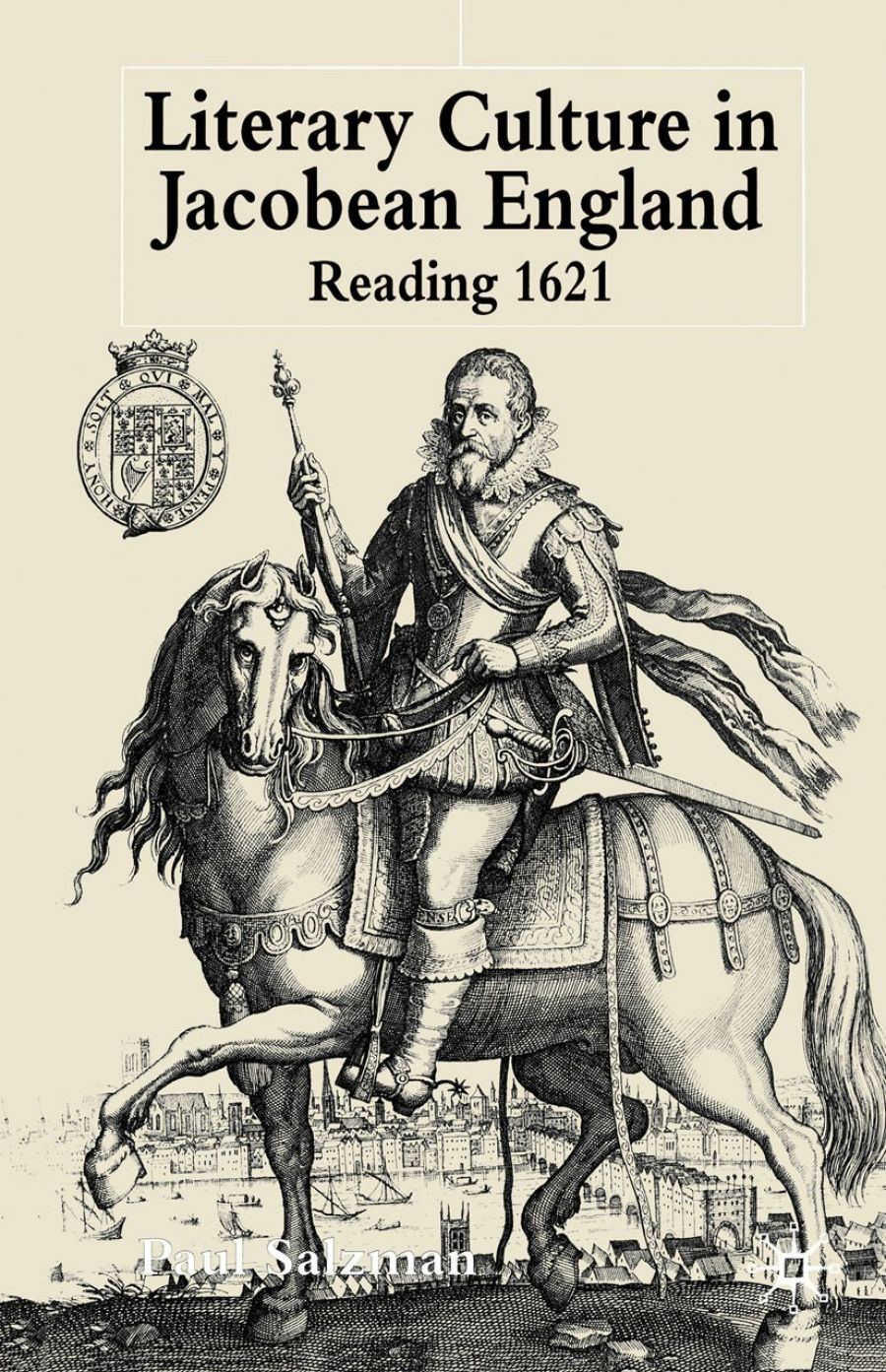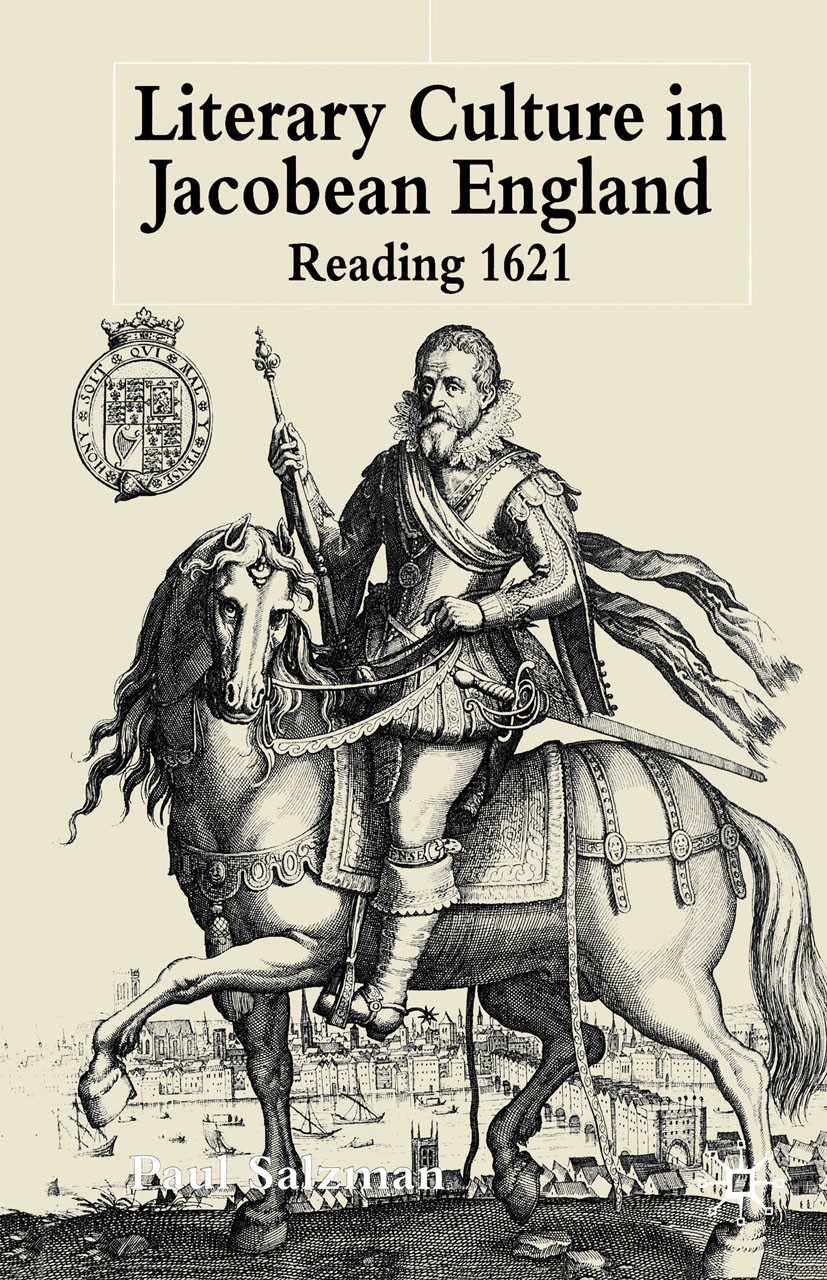
- Free Article: No
- Contents Category: Cultural Studies
- Review Article: Yes
- Article Title: 1621 and All That
- Online Only: No
- Custom Highlight Text:
Like celebrities in Daniel Boorstin’s celebrated definition, some years – 1066, 1492, 1914 – are famous for being famous. Just published is Christopher Lee’s 1603: A Turning Point in British History, which follows John Wills’s Global History of 1688. James Chandler’s magisterial ‘commentary on a moment in the history of a literary culture’, England in 1819, repeats for its title that of a Shelley sonnet reflecting on the state of the nation in the year of the Peterloo massacre. Freezing the chronological progression of ‘history’ at an arbitrarily constructed ‘moment of time’, date-based literary histories allow a detailed consideration of how texts relate to their contexts.
- Book 1 Title: Literary Culture in Jacobean England
- Book 1 Subtitle: Reading 1621
- Book 1 Biblio: Palgrave Macmillan, $158 hb, 268 pp
- Book 1 Cover Small (400 x 600):

- Book 1 Cover (800 x 1200):

The theoretical justification for focusing on such ‘isolate’ years was adumbrated almost a century ago when Ferdinand de Saussure argued that language functions synchronically (at a single point in time) rather than diachronically (through time). It’s like a game of chess: you don’t need to know, diachronically, where each of the pieces remaining on the board has been previously, because their significance at any particular moment is determined by their relations with one another, synchronically. Is history a structure like language, best sliced horizontally rather than vertically? From the perspective of a cause-and-effect, past-into-present model of history, synchronic history may seem a perversely ahistorical if not anti-historical project.
Paul Salzman returns us to these debates in his recent book on Literary Culture in Jacobean England, which he subtitles ‘Reading 1621’. Although his chosen year lacks the dramatic crises of 1819 or 1642, 1621 in England ‘was a parliamentary year, a year of intense political debate, especially in the area of foreign policy, and it was a year late in King James’s reign when many literary and non-literary genres were in a state of flux’. In literary terms, it was the year in which Mary Wroth’s Urania, the first edition of Robert Burton’s Anatomy of Melancholy and the third of Walter Ralegh’s History of the World were published, as well as poetry by George Wither and Edward Taylor and a reprinting of John Donne’s Anniversaries. Masques and plays by Ben Jonson, Thomas Middleton, John Fletcher and Philip Massinger were also performed that year. If most of these are less than household names to ABR readers nowadays, that’s a large part of Salzman’s point. His approach is resolutely anti-canonical, and his method allows him to cover a lot of material available in 1621 that otherwise would not attract critical attention.
Salzman arranges his 1621 materials in part thematically and in part generically. Beginning with the trendy category of ‘selves’ (which encompasses the emergent form of autobiography, along with a more unexpected selection of sermons), his discussion moves through romance, drama, poetry and news to conclude with some distinctly unfashionable modes of ‘instruction’, namely religious, historical and educational writings. ‘News’ is a talismanic concept for Salzman: in its up-to-date coverage of events it mirrors his own unemphatic and exhaustive method of cataloguing the year’s texts.
Newspapers were a novelty in 1621. The contemporary term was ‘coranto’, which played on both senses of the word ‘current’. Corantos were brief bulletins that listed items of news, each headed with a date and place name. Published originally on the continent, they conveyed to English readers details of crises in European affairs. Topical commentary on political events was also available in letters, diplomatic dispatches, ballads, broadsheets and almanacs. Salzman reveals a newly developed cultural appetite for information about what is happening now. Writings committed to the daily and ephemeral are an important part of the process by which material events infiltrate or transform into literary texts.
In a more personal vein, Salzman writes: ‘1621 has for much of my career been the year of Mary Wroth’s Urania, and I started out, a long time ago, just wanting to know more about the context for the publication and reception of that particular, extraordinary work.’ Reading Wroth’s romance involves a reading, too, of her uncle Philip Sidney’s Arcadia, written a generation earlier in the 1580s and republished in 1621. Like the mythologised figure of Sidney himself, the Arcadia was understood as a lament for the lost chivalric values of Elizabethan England; in imitating its form and title in her Urania, Wroth offers a criticism of contemporary Jacobean politics, as well as infamously depicting some of its scandals. More significantly, Wroth mobilises romance’s engagement with the feminine in order to re-examine the place of women in the state. Salzman’s major act of recanonisation is to place Urania at the centre of Jacobean literary culture.
The other crucial difference between Salzman’s work and more conventional literary histories is its privileging of reading over writing: he aims to cover what was readable in 1621, not simply what was written then. His book begins with a map of the mental horizon of a paradigmatic late-Jacobean reader in his account of John Chamberlain, a gentleman, information-gatherer and letter-writer who immersed himself in the news of his own culture and recirculated its currents. He is interested, promiscuously, in feasting and masquing and gossiping; he interprets what he sees and hears, whether it is trivial and playful or serious and political. For Salzman, Chamberlain stands ‘as the exemplar of a method that will endeavour to allow nothing to pass unnoted’. It is hard for a reviewer to resist this as a characterisation of Salzman’s own book, which is long, learned and enlightening. It adds a great deal to our sense of the detail of this rich period of literary history, even if it leaves the traditional contours of the bigger picture firmly in place.


Comments powered by CComment